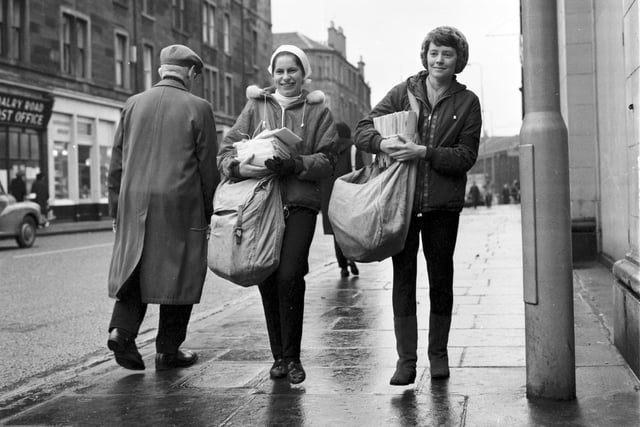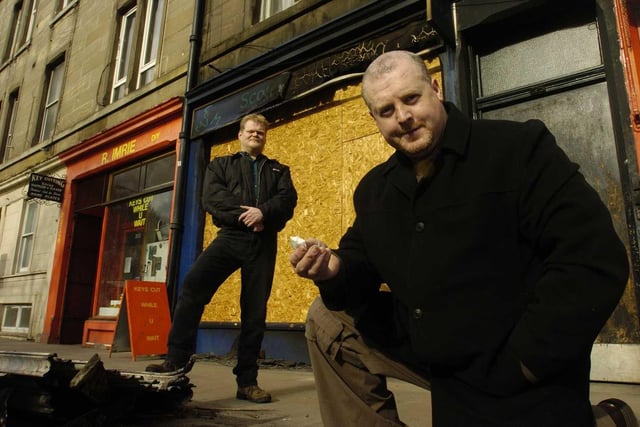A thriving Edinburgh community for around 150 years, Dalry is just a stone’s throw from the city centre and has enjoyed a rich history.
Lying outside the old city walls and west of the castle, the area began as part of the agricultural estate of Dalry House, which was built in 1661. It was also home to the Dalry Mill, situated in what is now Roseburn Street, which ceased business around 1900 and has since been demolished. It is recorded as the oldest paper mill in Scotland.
The name Dalry may derive from ‘Dail Ruigh’ or ‘Dail Rìgh’, Scottish Gaelic for the ‘Place of the Fields’ or ‘King's Field’ respectively.
In the Victorian period industrial development followed along with large scale tenement construction, new road layouts and the addition of railway infrastructure, all of which came to occupy the former fields. By the early 21st century most of the industry of Dalry has disappeared, with the former sites converted to private housing.
Among the great photos taken from our photo archive are Hearts fans cheering on their heroes as they return to the city with the Scottish Cup, two local heroes who saved residents from a fire on Dalry Road, a murder investigation, protests to save Dalry Swim Centre, and Dalry Primary School pupils learning about African dance and drumming.

1. Keep dancing!
Members of West African drum group from Ghana showing Dalry Primary School pupils their dances and drumming, in August, 2012. Photo: Sean Bell

2. Christmas post
Temporary Christmas postal workers Elizabeth Bennett and Jean Wilson on their rounds in Dalry Road in Edinburgh in December 1967. Photo: Crauford Tait

3. Heroes
Two bouncers who saved residents from a tenement fire on March 27, 2013 in the early hours of the morning. From left: Andrew Warburton(Front) and John Lawson outside the ruined shop front at 200 Dalry Road. Photo: Cate Gillon

4. Trolley dash
Hearts chairman Wallace Mercer did a two-minute trolley dash at Gateway supermarket in Dalry Road Edinburgh, donating the items to Dalry House, in February 1988. Photo: Joe Steele
